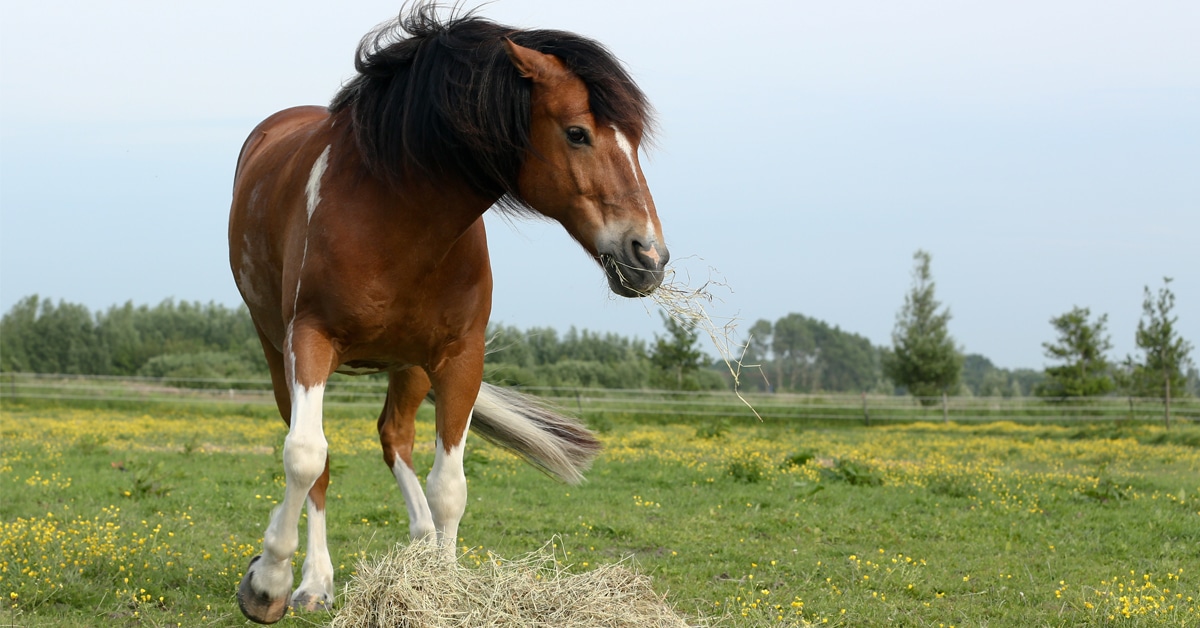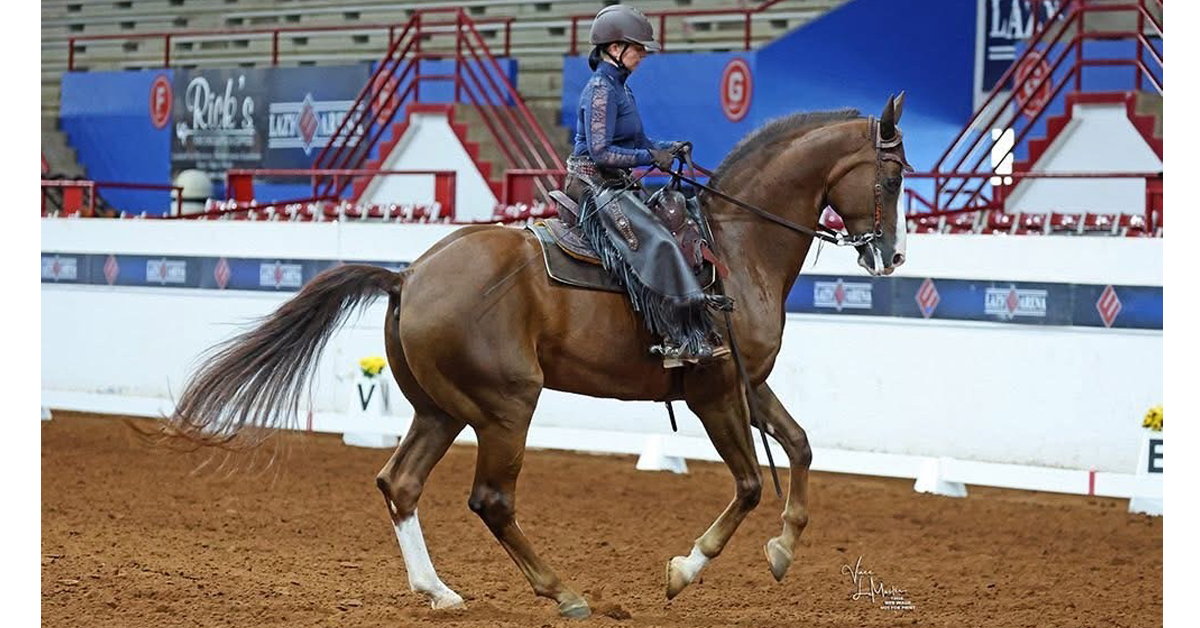Some breeds are known to be hot-blooded, a “hot horse,” such as Arabians or Thoroughbreds, who are highly sensitive to their surroundings, stress levels, and potentially their diets. Other horses have behavioural issues that make them nervous or excitable, which can only be managed through training and patience. Then there are horses that are susceptible to sugar or glucose rushes and peaks in their blood following feeding, similar to how a child might behave after eating a chocolate bar. These horses may benefit from being fed and managed to attenuate blood glucose responses to feeding.
Managing blood glucose levels
Calories are what give a horse the energy and ability to do athletic work, pump the heart, etc. Energy calories can come from either fat, carbohydrates or protein, although protein is a relatively inefficient source of calories, and requires additional water to metabolize it (not to mention protein is usually the most expensive component of the diet).
When a meal is fed, simple carbohydrates such as starches and sugars found in cereal grains (oats, corn, barley, and many commercial mixes containing molasses) or even lush grasses, are digested within the small intestine to single unit sugar molecules, like glucose, which is absorbed into the bloodstream. If a feed is very high in starch and sugar and is consumed rapidly – such as a large grain meal – there is the potential for the increase in blood glucose to be quite high. Any time blood glucose rises above normal, the hormone insulin is released from the pancreas to help deliver glucose from the blood into tissues like muscle and adipose (fat), effectively decreasing blood glucose concentrations back to normal levels.
Feeds higher in fibre – hay, non-molasses beet pulp and other fibrous byproduct feeds such as rice bran, soy hulls, etc. – pass through the small intestine to the large intestine, where microbial organisms ferment the cellulose and other fibre molecules to usable energy products for the horse, called volatile fatty acids (VFAs). Of these VFAs, two of them – acetate, the primary VFA produced, and butyrate – are readily metabolized, while propionate is converted to glucose (although the relative contribution of propionate to blood glucose is relatively small). Fats, which can be found in oil or as a component of other feeds (rice bran, flaxseed, or even corn) are digested and absorbed as free fatty acids, and are then repackaged into fatty transport proteins for travel in the blood.
All feeds will likely have a mix of fat, simple carbohydrates and complex carbohydrates like fibre, and also some protein. It is the simple carbohydrates in the diet that are primarily responsible for the rise in blood glucose concentrations after feeding, and potentially any diet-related behaviour issues in the horse. Therefore, feeding to calm a hot horse is going to involve a diet low in starch and sugar.
Cool calories
Typically, a hot horse is also a relatively hard-keeper – and working – and therefore has a high daily calorie requirement. These calorie needs can be met with good-quality hay offered free choice, along with some concentrated energy sources. Commercial feeds that are marketed as being low in starch and sugar should have less than 15% non-structural carbohydrates (NSC), although there is no legal requirement for this information to be listed on a feed tag, nor is there any official consensus as to what a ‘low NSC’ feed actually is, so <15% is only a suggested goal. These types of commercial mixes are usually high in fat (>8-10% fat) and high in fibre (>16% fibre).
Another option for ‘cool calories’ is to mix non-molasses beet pulp (highly digestible fibre source), rice bran (high-fat and high-fibre feed) and/or hay cubes (often horses will eat more hay cubes than they would loose hay). Mix in some water to avoid any risk of choke, and oil. Horses can easily consume up to two cups of oil per day, but it should be introduced slowly and mixed well with the other ingredients to avoid any palatability issues. Such a mix would likely not be balanced in terms of some other nutrients (potentially calcium, phosphorus, and other minerals or vitamins). Therefore, if you don’t feed a commercially-formulated grain mix which is fortified with proper amounts of vitamins and minerals, you should offer a vitamin and mineral supplement.
Another alternative would be to feed both a commercial mix and a blend of other high-fat/high-fibre feeds, but work with a nutritionist to ensure your horse’s micronutrient needs are being met. There are also several commercial ‘high fat’ feeds that may be included, typically with greater than 40% fat, which are viable options if your horse won’t consume oil.
Less, more often
Whatever concentrated feed you give – commercial mix or your own formula – it is wise to offer it in as many smaller meals as possible. For example, if your horse typically eats four scoops of grain mix per day split into two meals (about four kg total, depending on the grain type), you might consider splitting that into four meals per day. Only getting one kg of grain mix at each feeding decreases the glucose load at any given meal. There are commercially-available automated horse feeders that can be programmed to feed small amounts every hour, resulting in very minimal fluctuations in blood glucose. It is also important to consider the timing of feeding related to exercise, and to avoid feeding within a few hours of exercise to prevent riding at the ‘peak’ of the glucose rush.
Calming a hot horse may involve a combination of nutrition and feeding strategies, along with good training, a low-stress environment and perhaps a veterinary exam to rule out any underlying issues. It is also important to remember that some horses are naturally high-spirited, and may need ample opportunity to get their kicks out via a lunge line or turnout prior to riding.
The Latest









